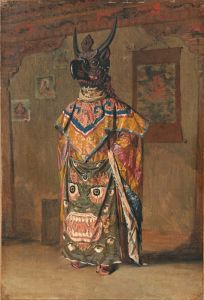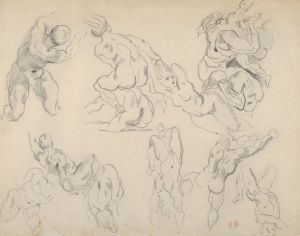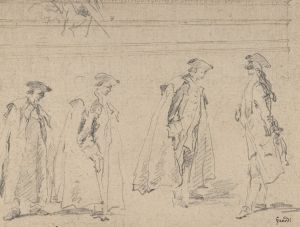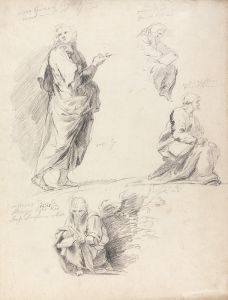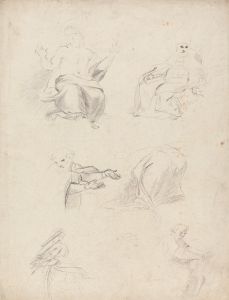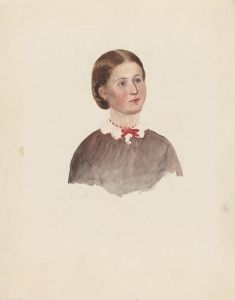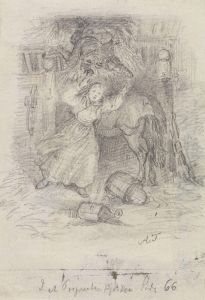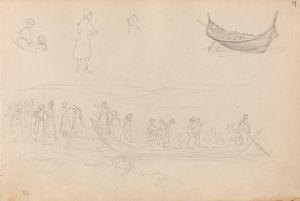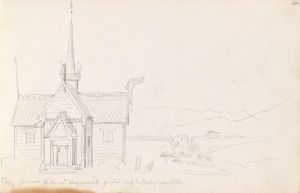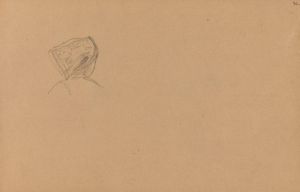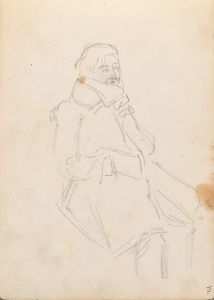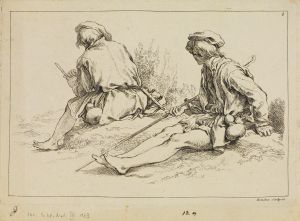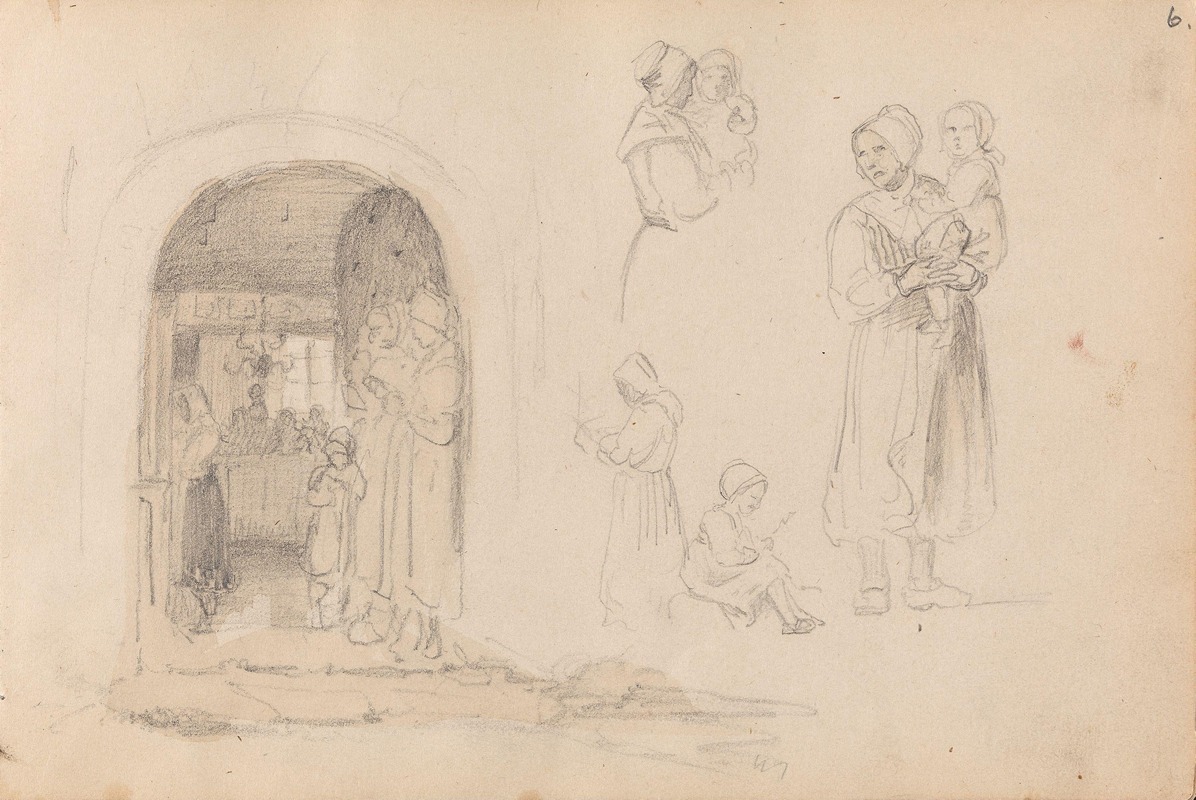
Gudstjeneste; figurstudier
A hand-painted replica of Adolph Tidemand’s masterpiece Gudstjeneste; figurstudier, meticulously crafted by professional artists to capture the true essence of the original. Each piece is created with museum-quality canvas and rare mineral pigments, carefully painted by experienced artists with delicate brushstrokes and rich, layered colors to perfectly recreate the texture of the original artwork. Unlike machine-printed reproductions, this hand-painted version brings the painting to life, infused with the artist’s emotions and skill in every stroke. Whether for personal collection or home decoration, it instantly elevates the artistic atmosphere of any space.
Adolph Tidemand (1814–1876) was a prominent Norwegian painter known for his depictions of Norwegian folk life and traditions. One of his works, Gudstjeneste; figurstudier (translated as Church Service; Figure Studies), reflects his characteristic focus on rural life and cultural identity in 19th-century Norway. This painting, like many of Tidemand's works, is rooted in his interest in documenting and preserving the customs and practices of Norwegian society during a period of national romanticism.
Gudstjeneste; figurstudier is not a single, fully realized composition but rather a study of figures, likely intended as preparatory work for a larger or more detailed painting. The title suggests that the figures depicted are related to a church service, a theme Tidemand explored in several of his works. Church services were central to community life in rural Norway, and Tidemand often portrayed the solemnity and spirituality of these gatherings. His attention to detail in costume, posture, and expression reflects his dedication to accurately representing the people and their environment.
Tidemand was trained in Düsseldorf, Germany, where he became associated with the Düsseldorf School of painting, known for its emphasis on realism and detailed narrative scenes. His time in Germany influenced his technique and approach, but his subject matter remained deeply tied to his Norwegian heritage. He traveled extensively throughout Norway, sketching and studying rural communities to gather material for his paintings. These studies, including works like Gudstjeneste; figurstudier, were essential to his creative process.
The exact date of Gudstjeneste; figurstudier is not well-documented, but it likely falls within the period of Tidemand's mature career, when he was producing some of his most iconic works. The painting is an example of his ability to capture the essence of Norwegian life with sensitivity and authenticity. While it may not be as widely recognized as some of his larger compositions, such as Haugianerne or Brudeferden i Hardanger (created in collaboration with Hans Gude), it contributes to the broader understanding of his artistic legacy.
Today, Adolph Tidemand is celebrated as one of Norway's most important painters, and his works are held in high regard for their cultural and historical significance. His studies, including Gudstjeneste; figurstudier, provide valuable insights into the lives and traditions of 19th-century Norwegians, preserving a visual record of a bygone era.





